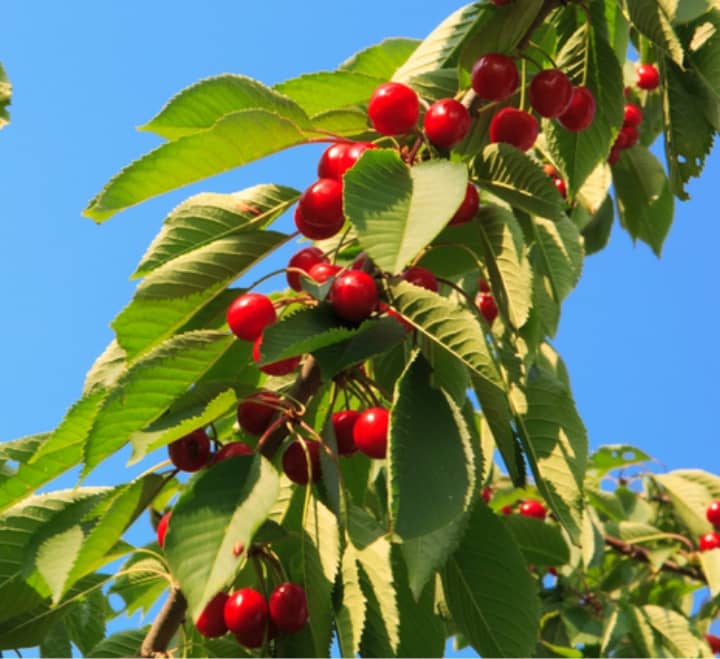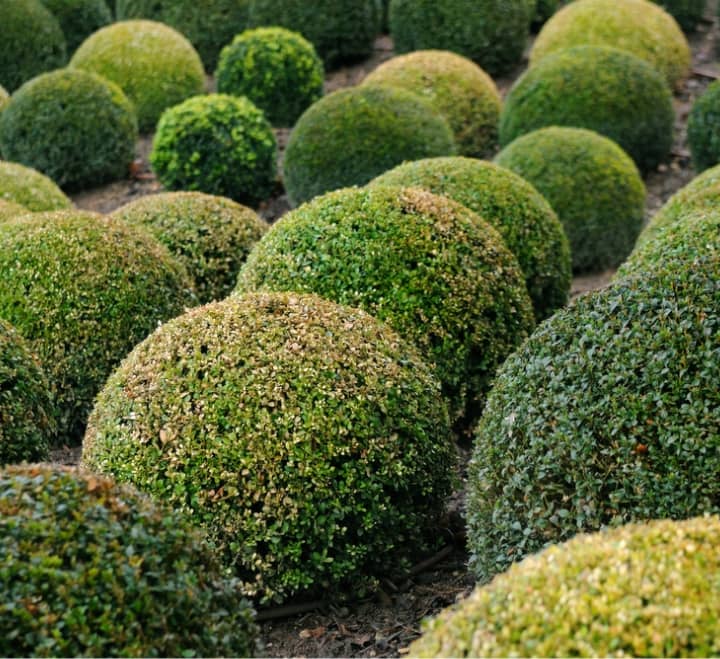Oak trees are a popular choice of tree to have in the garden and are known for their durability and strength, however, it is important to be aware of the potential risks that oak trees can pose to your pets. The question of ‘Are oak trees poisonous to dogs?’ is an important one to consider. Dogs are naturally inquisitive creatures and may be tempted to explore and chew on various plants, including oak trees. As such, it is important to consider whether oak trees are poisonous to dogs. In this blog post, we will review the potential risks of oak trees in the garden, looking at the poisonous aspect of the leaves, seeds, and bark, as well as break down the other risks that can occur when trees are present in the yard. We will explain how you can protect your dog from any potential harm, and look at ways to keep your garden safe for your pet.
Why are Fruit trees dangerous to pets?

Fruit trees, like cherry trees, have stems, leaves, and seeds that all contain a substance that, when consumed, turns into cyanide.

The seedpods from mimosas can present a danger to pets.
A flowering evergreen tree, boxwood is frequently used as shrubs or dividers in gardens and yards. It is best to have the tree removed if it is anywhere a dog will have access to it and completely remove the tree as the entire tree is poisonous to dogs, both orally and topically.
How do I stop my dog from eating acorns?

Ensure that your dog is not picking up an acorn or conker by keeping a close eye on them. Don’t encourage your dog to play catch or fetch acorns. To avoid areas that are likely to be covered in acorns, alter your walking routes.
A happy and healthy fall to you and your dog from everyone at DogWatch!
As you store your summer clothes away, be mindful that moth balls can be fatal to dogs and cats if ingested. A dog who has ingested mothballs may display symptoms such as vomiting, anemia, lethargy and possibly kidney or liver damage, and should be treated by a vet immediately. Older mothballs containing naphthalene are considered the most toxic but modern mothballs, which contain paradichlorobenzene (PDB) can still cause illness in pets if ingested.
While both people and animals enjoy playing in leaf piles, they can also contain hidden dangers. There may be parasites such as ticks, mites, and others hiding among the leaves that spread a variety of diseases. Check your dog for pests after each time he comes inside from the outdoors and make sure your dog is up to date on all of his tick and flea medications. For more information on how to protect your dog from these tiny dangers, see our previous posts on ticks and fleas. Additionally, leaf piles can serve as a haven for our next fall threat: snakes.
The mild weather of early fall means snakes are on the move. Keep an eye out as you are walking with your dog, scanning for places where snakes could be hiding. Some areas of the country have particularly poisonous species of snakes, so make a point of learning what snakes are in your area, where they like to hide, and how to recognize them.
In addition to oaks, the leaves and bark of black locust trees, found in the southeastern U.S., can cause nausea, weakness, and depression in dogs if consumed. Horse owners should also be aware that red maple leaves are toxic to horses (although not to dogs and cats). If a horse consumes red maple leaves in large amounts, it can cause severe hemolytic anemia, resulting in weakness, pale gums, an elevated heart rate, and shock.
FAQ
Why is my dog eating oak leaves?
Pica, a condition where dogs are compelled to consume inedible objects, may be a sign of more serious problems. Although eating leaves may be a natural instinct for your dog, the behavior could also indicate other health problems, nutritional deficiency, or even boredom.
Can oak leaves hurt dogs?
Quercus poisoning, also known as acorn poisoning, is brought on by eating oak leaves. The most hazardous parts for our dogs to eat are the buds and young, green acorns because they have the highest concentration of tannins. The following symptoms may appear within a few hours of ingestion: Appetite loss
Which oak trees are poisonous?
Another relative of poison ivy and poison sumac is the poison oak, also known as Toxicodendron diversilobum or Toxicodendron pubescens. There are two species of poison oak: eastern and western. Both species are widespread in different habitats across North America, making it an easy plant to identify at first glance.
Is oak tree bark poisonous?
In Europe and North America, the majority of oak species (Quercus spp.) are regarded as toxic. Clinical symptoms appear three to seven days after ingesting a lot of young oak leaves in the spring or a lot of bark or green acorns in the fall.